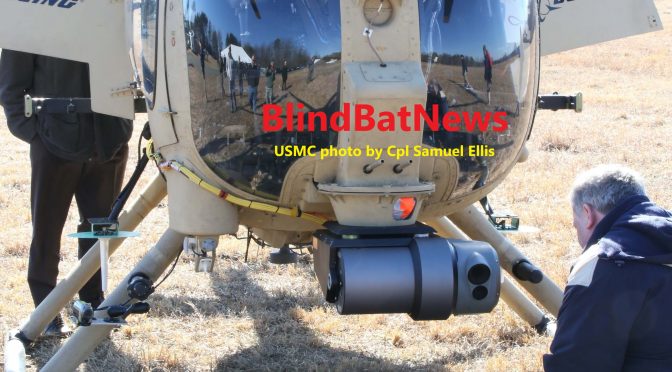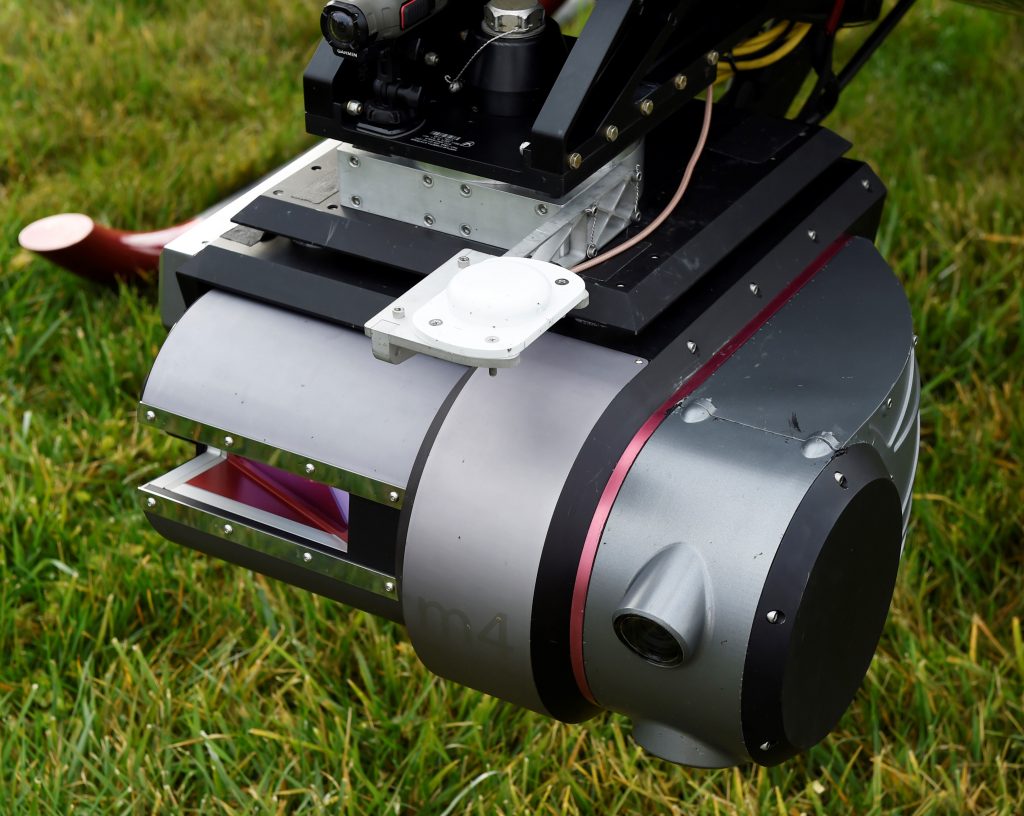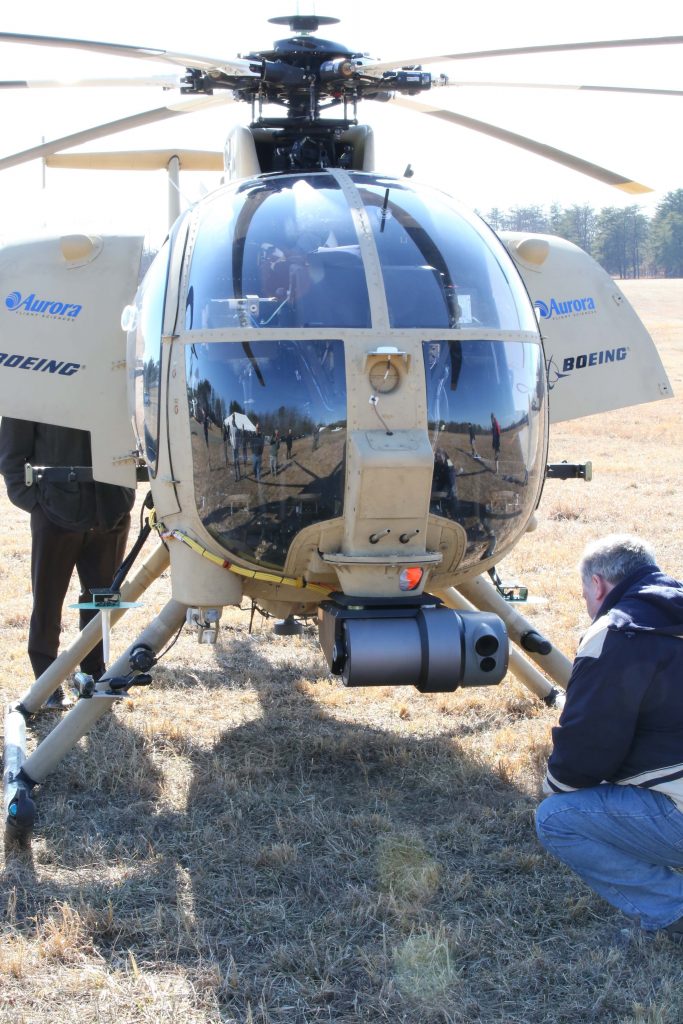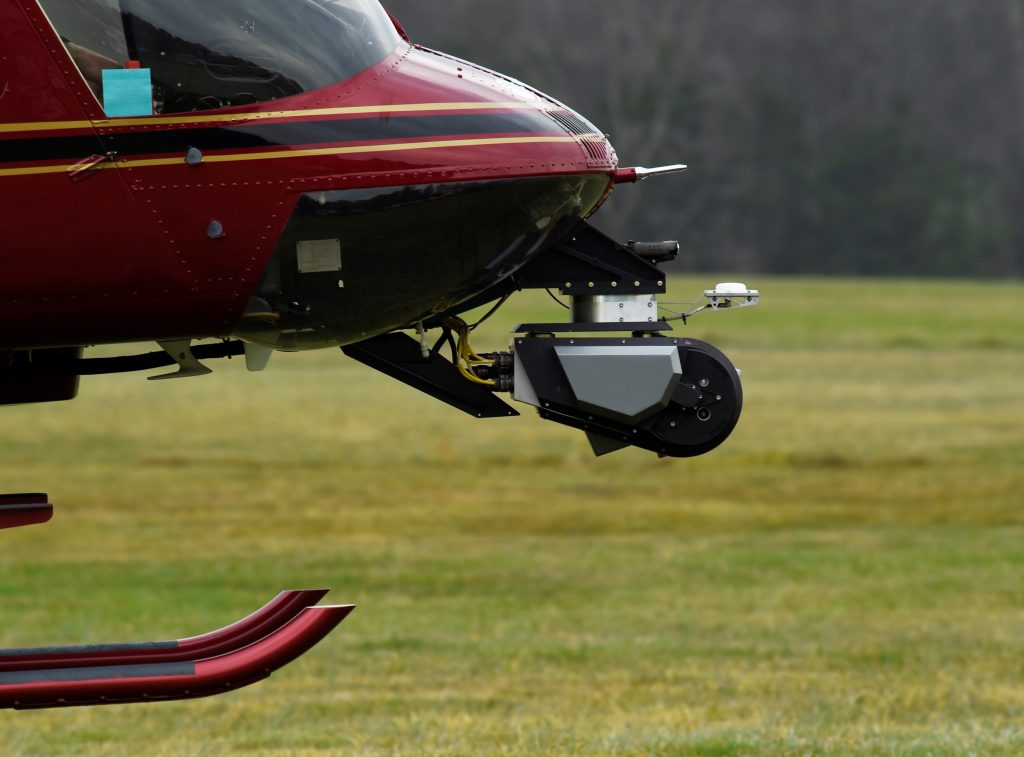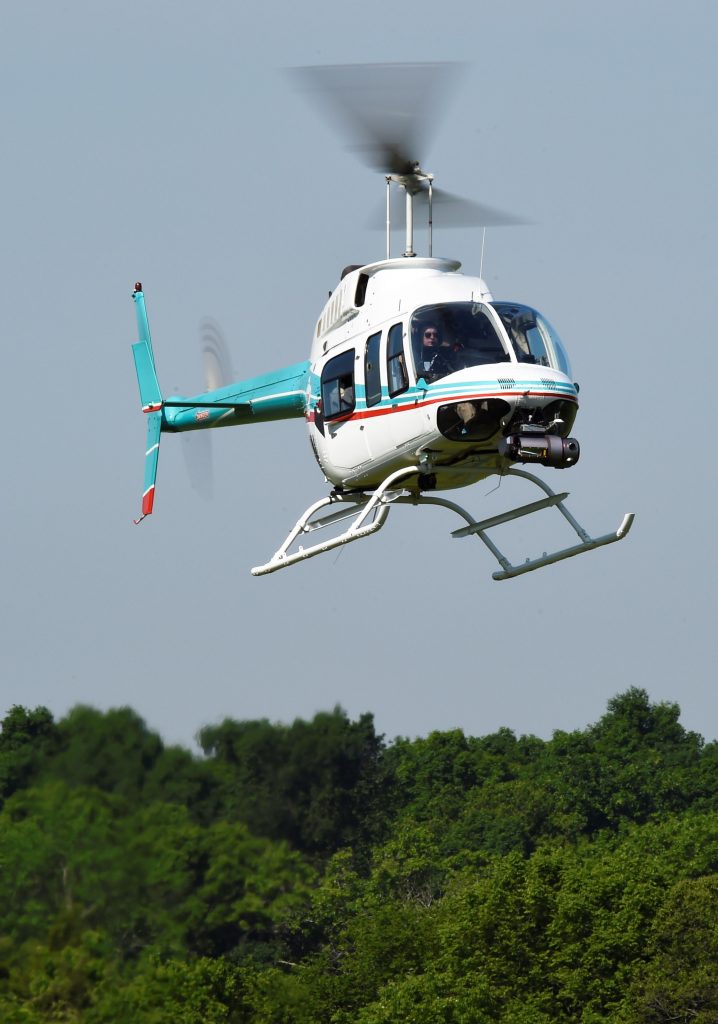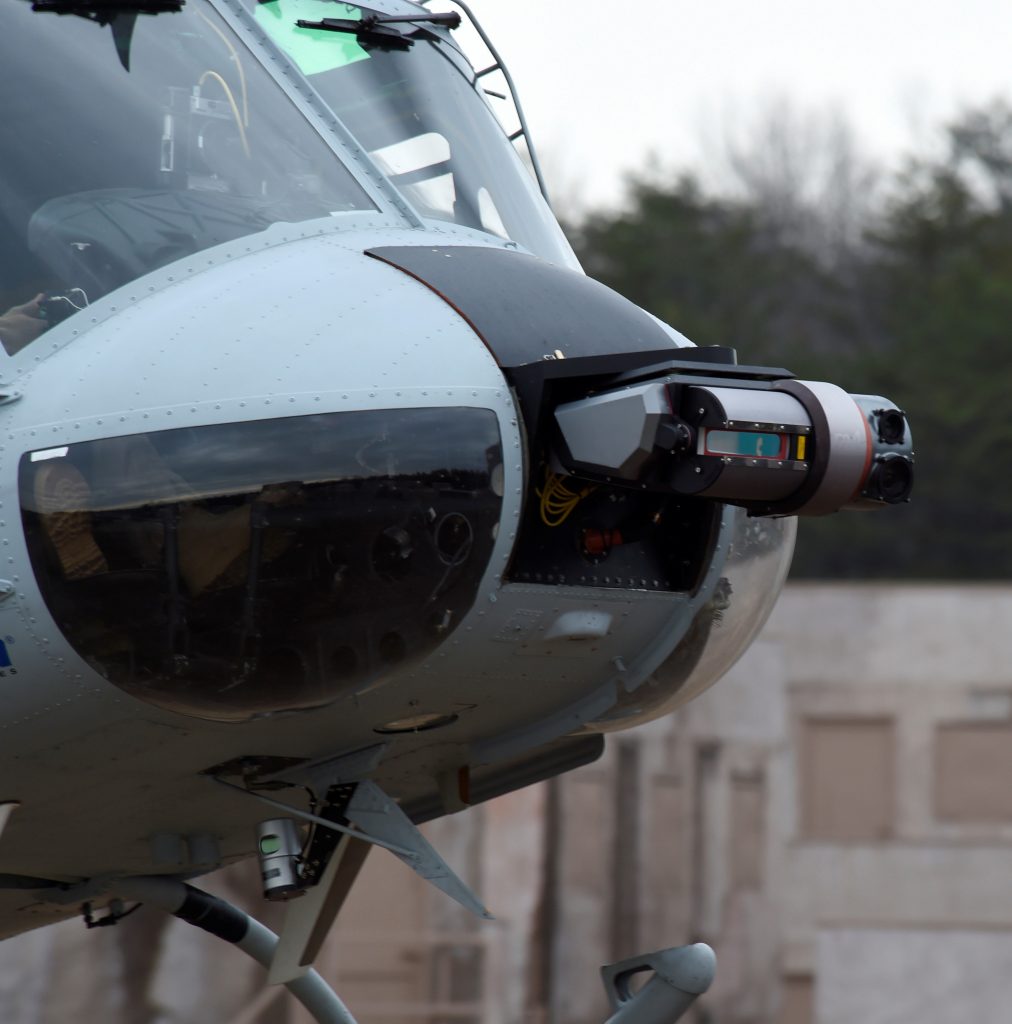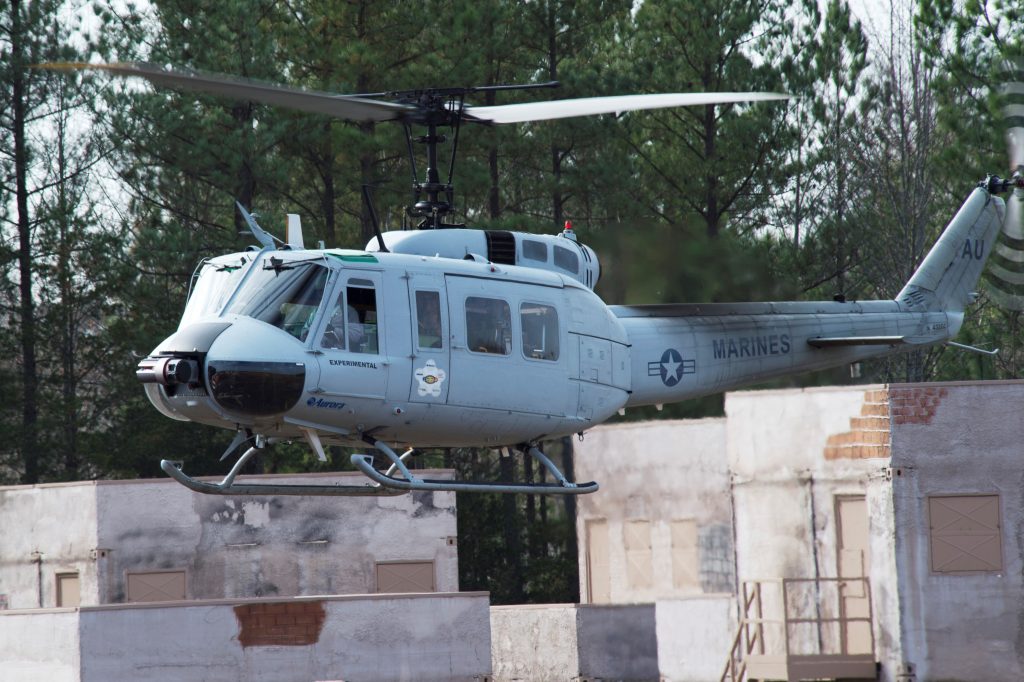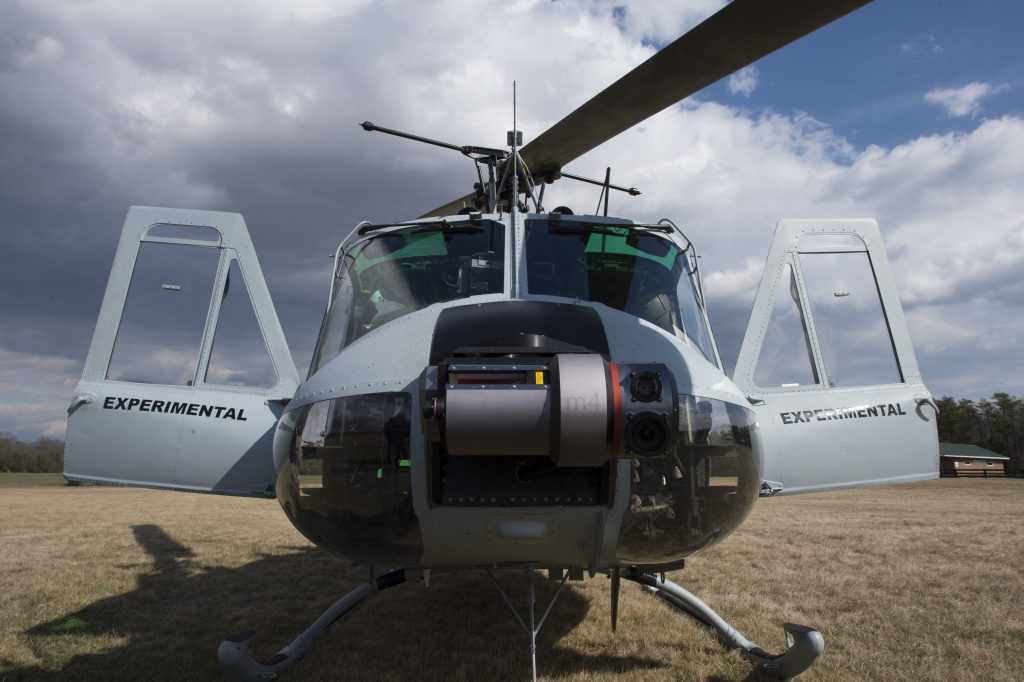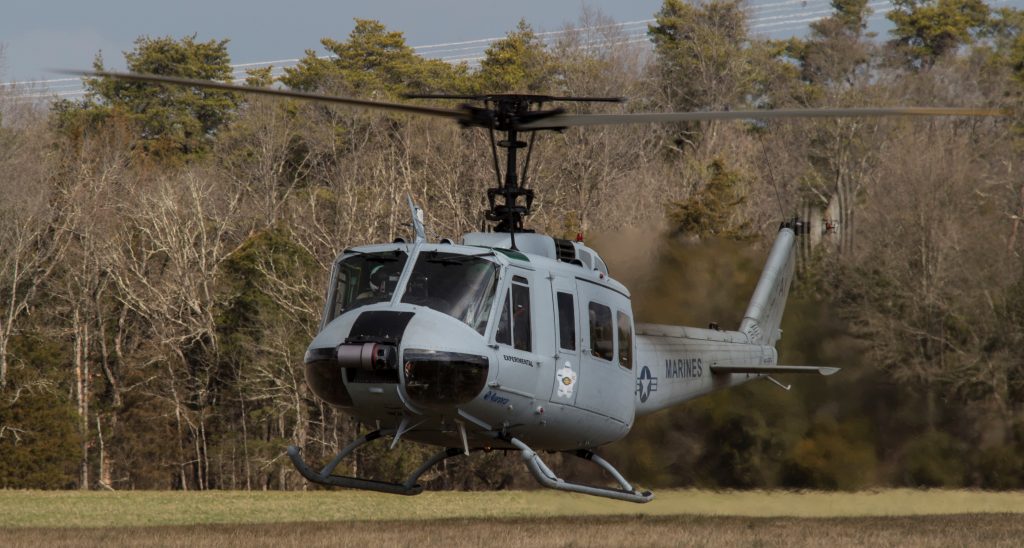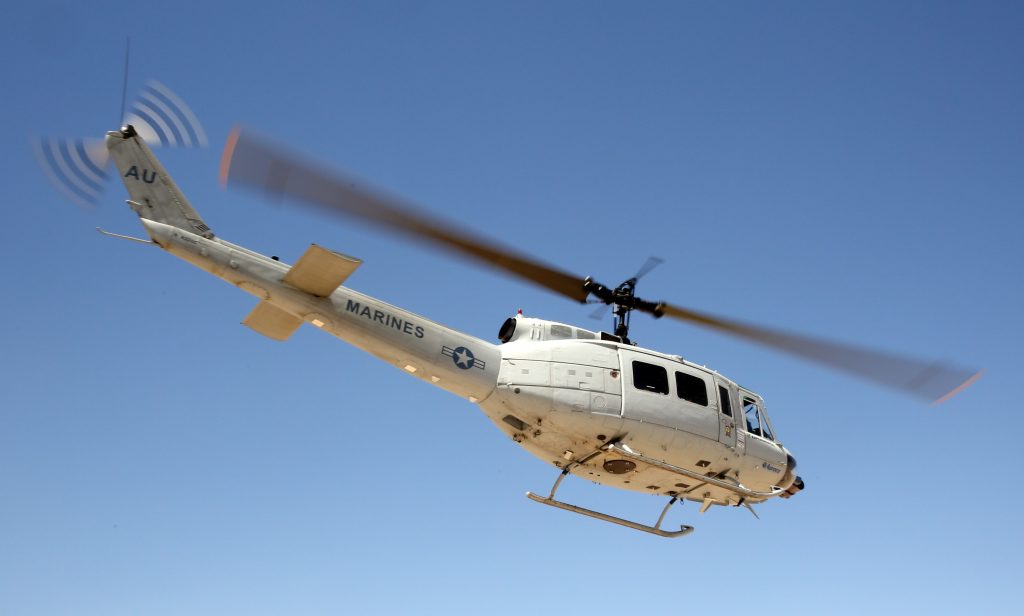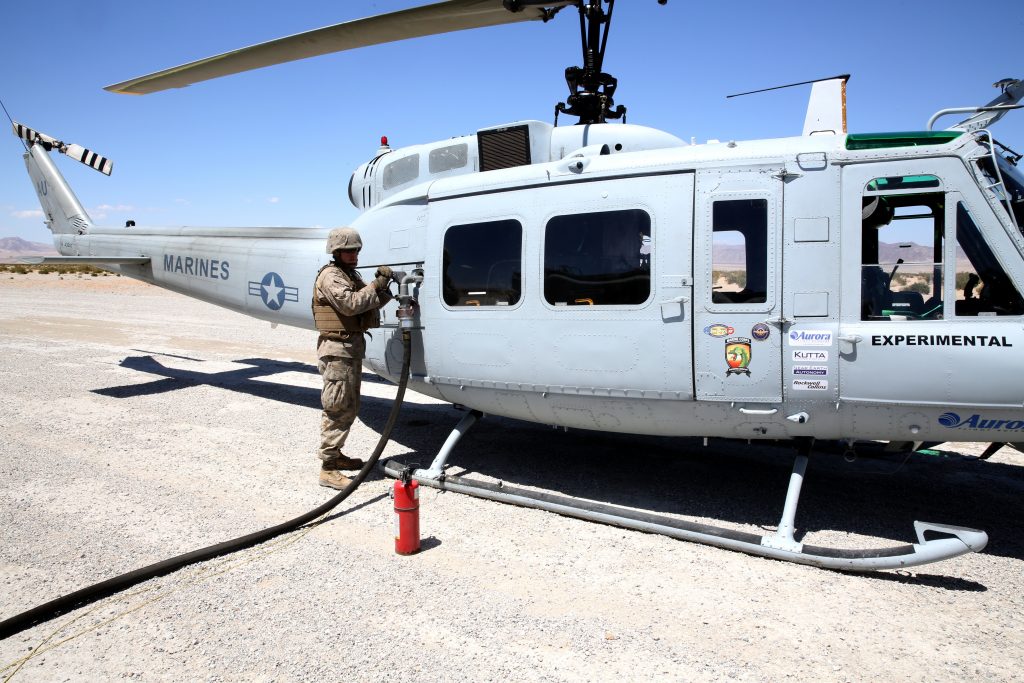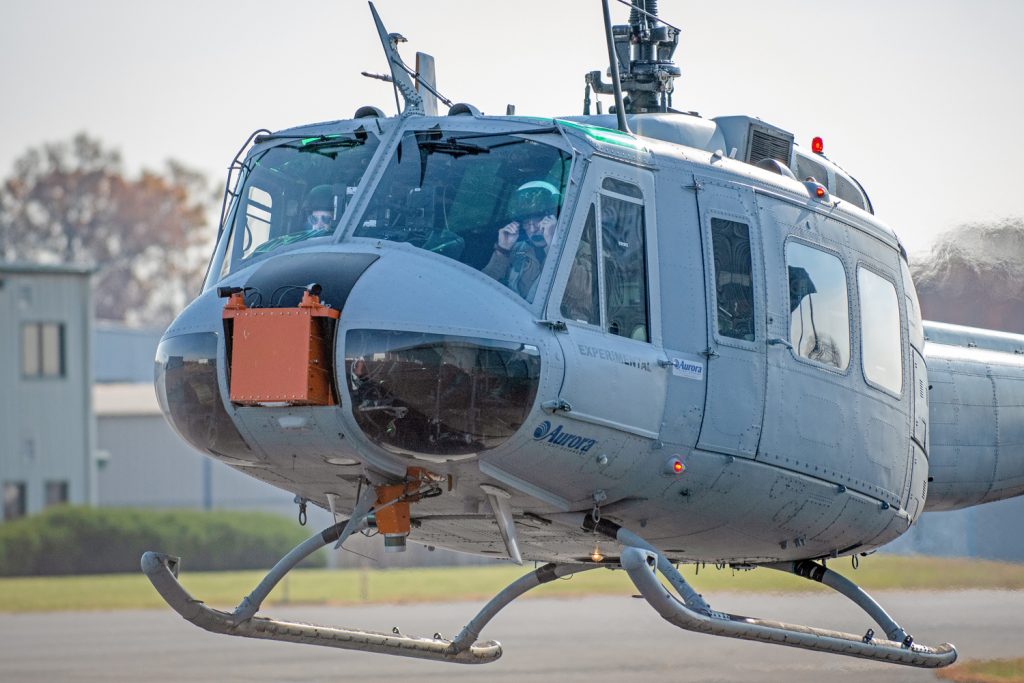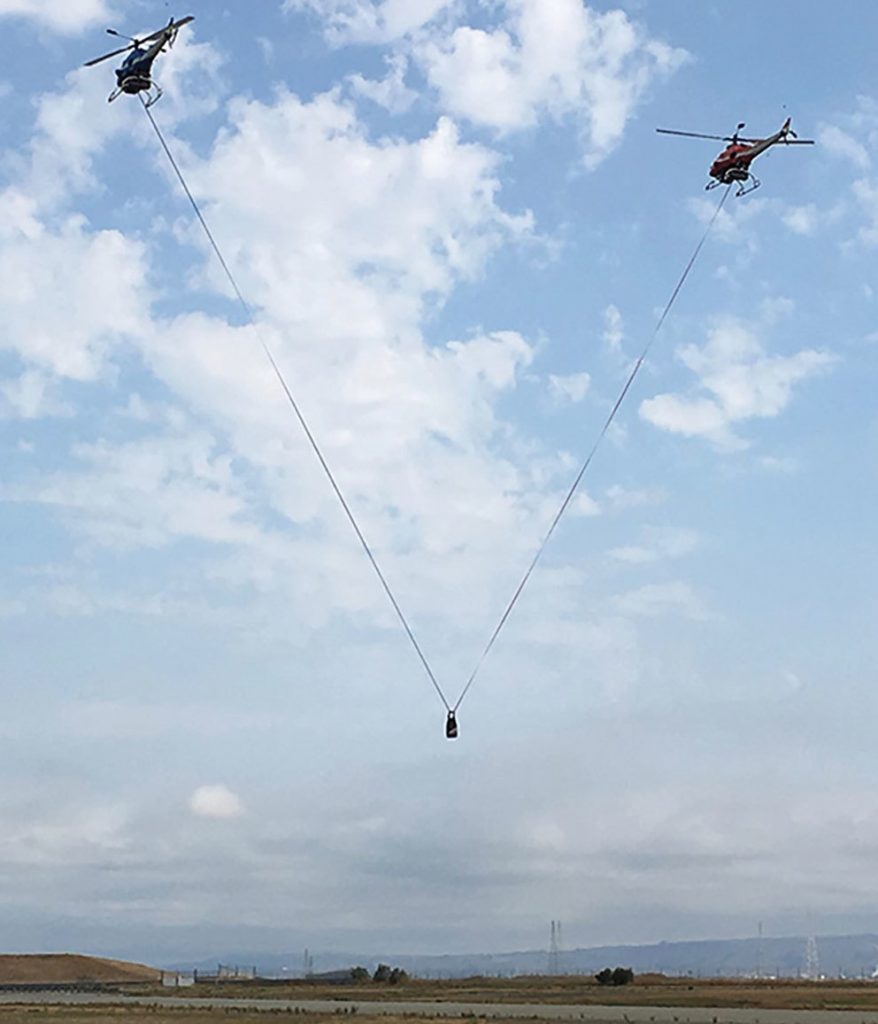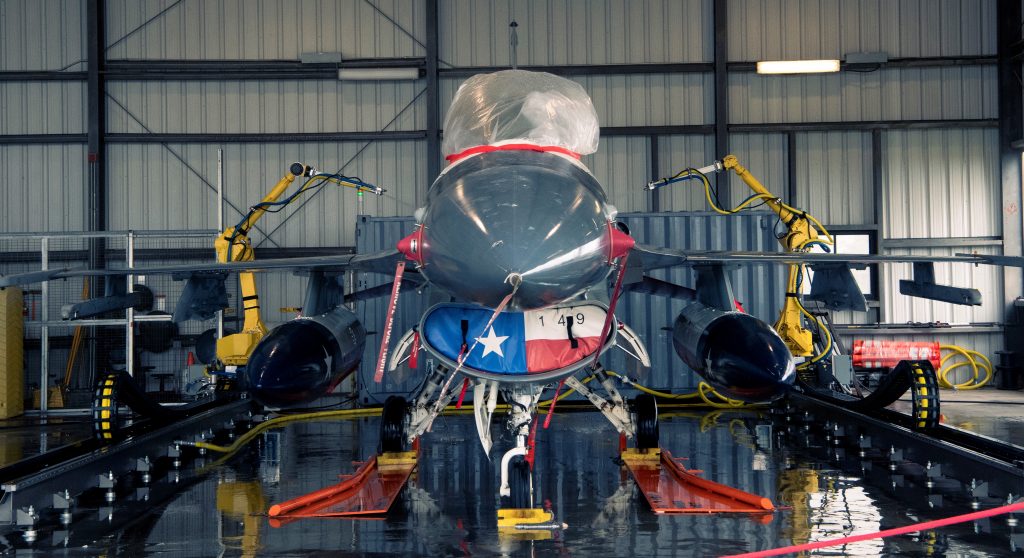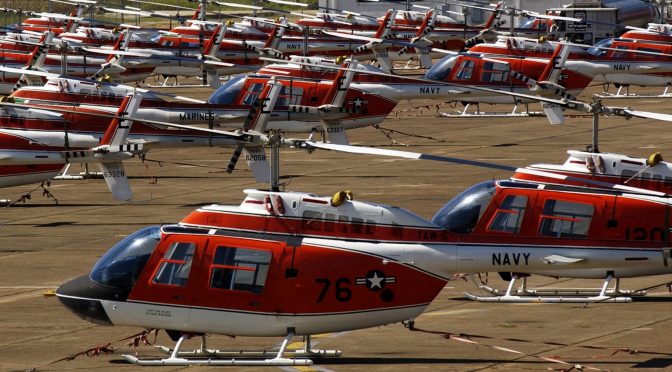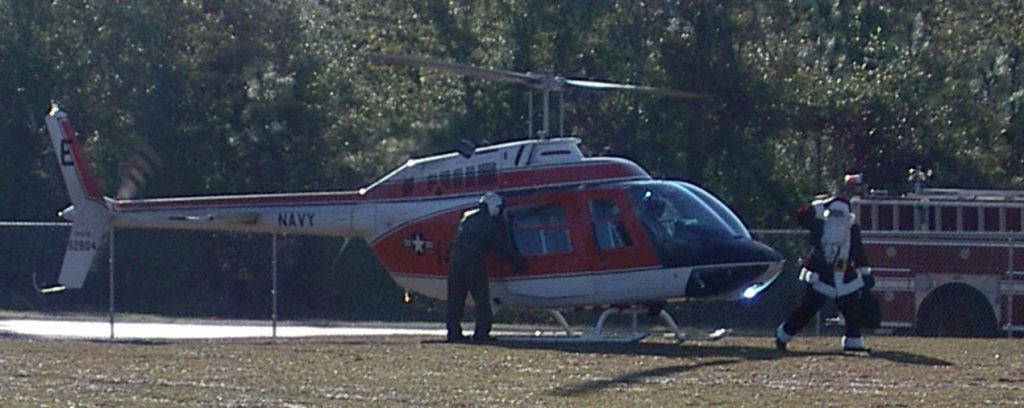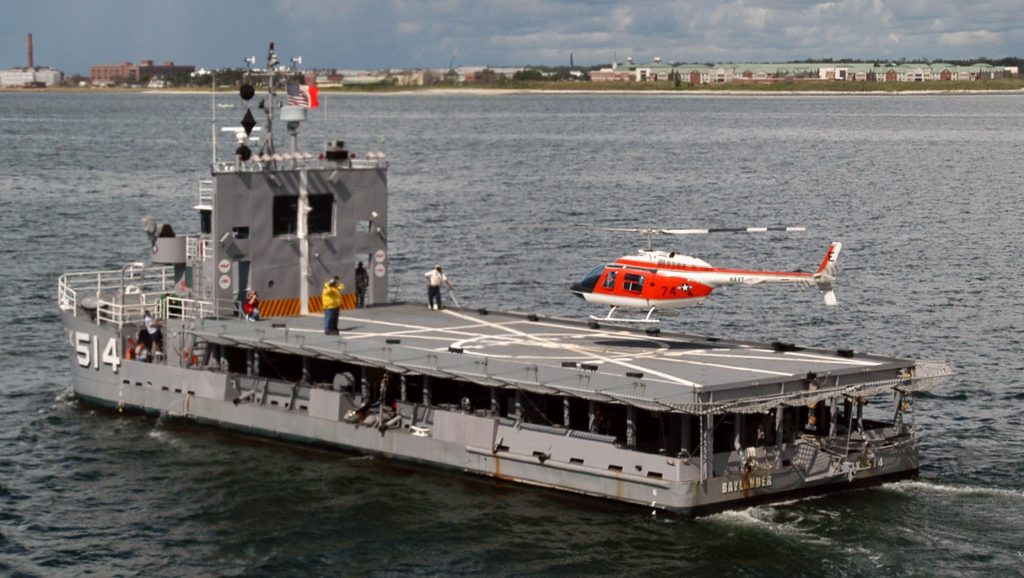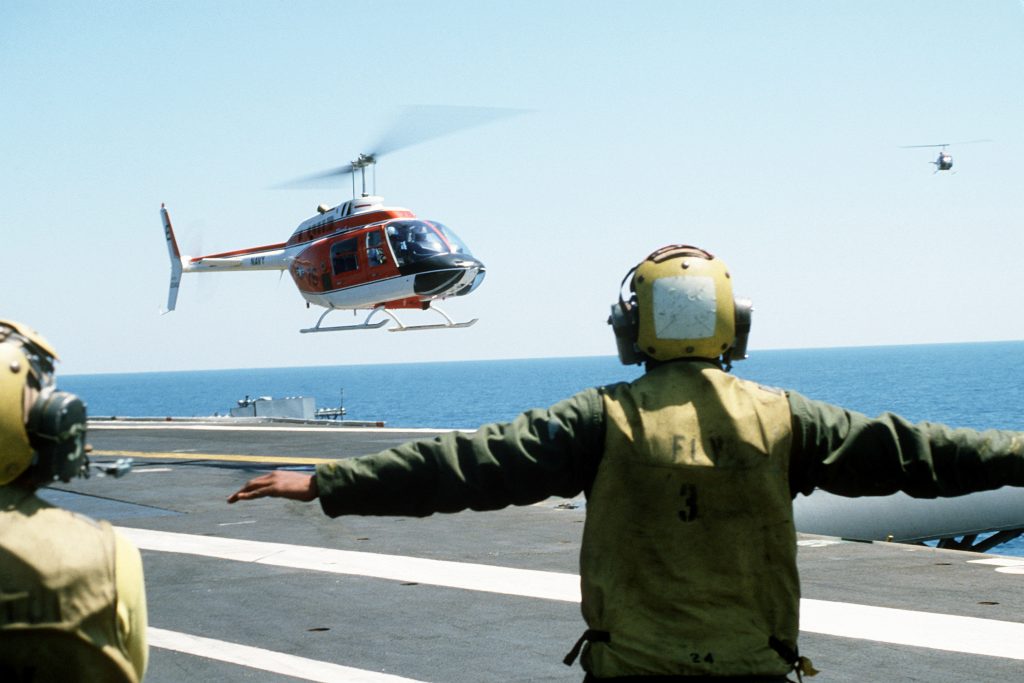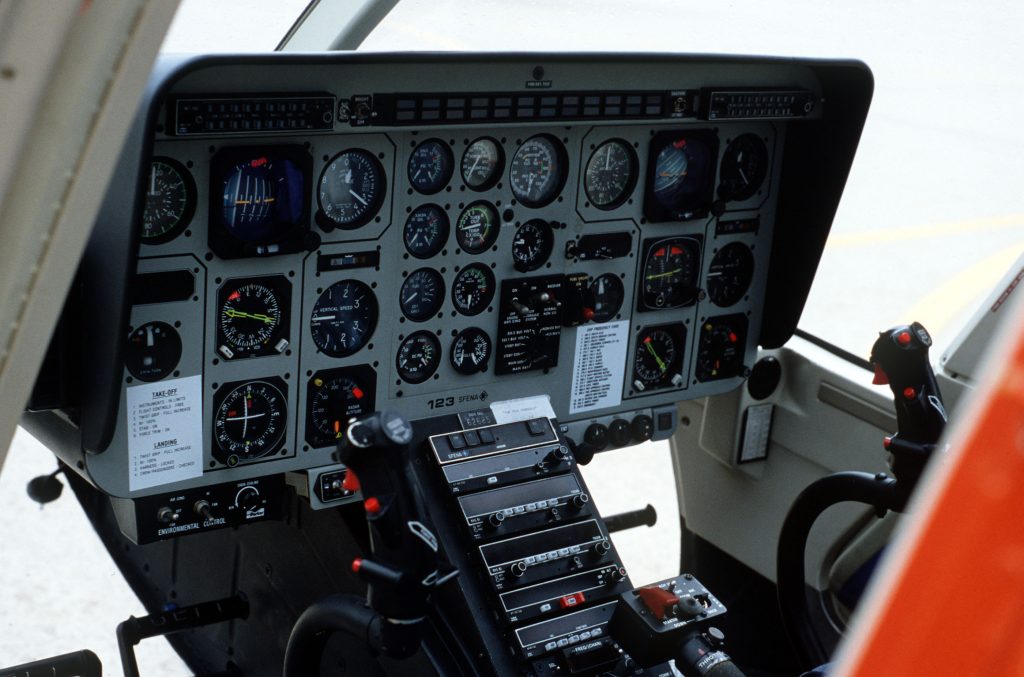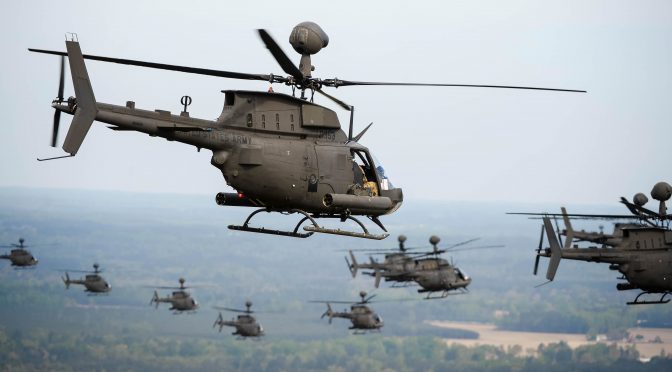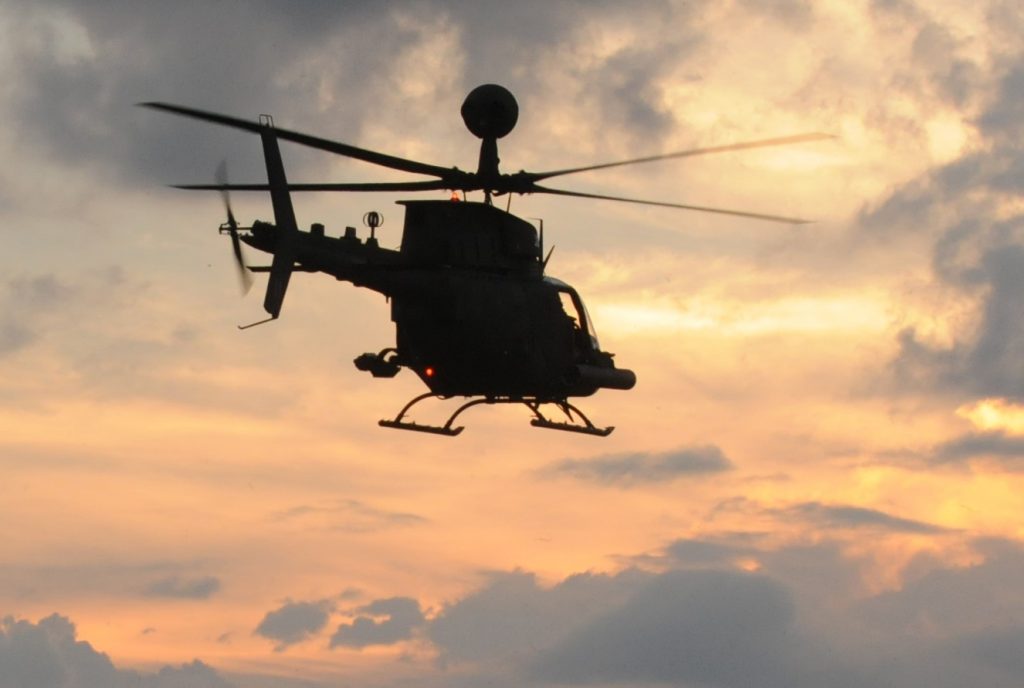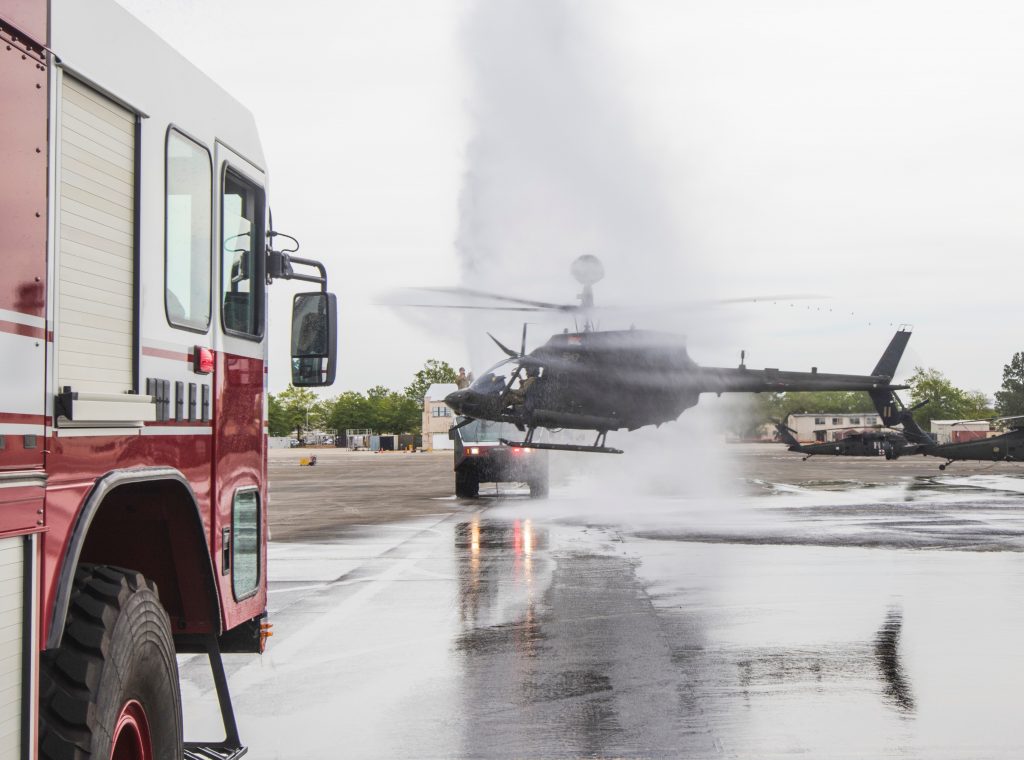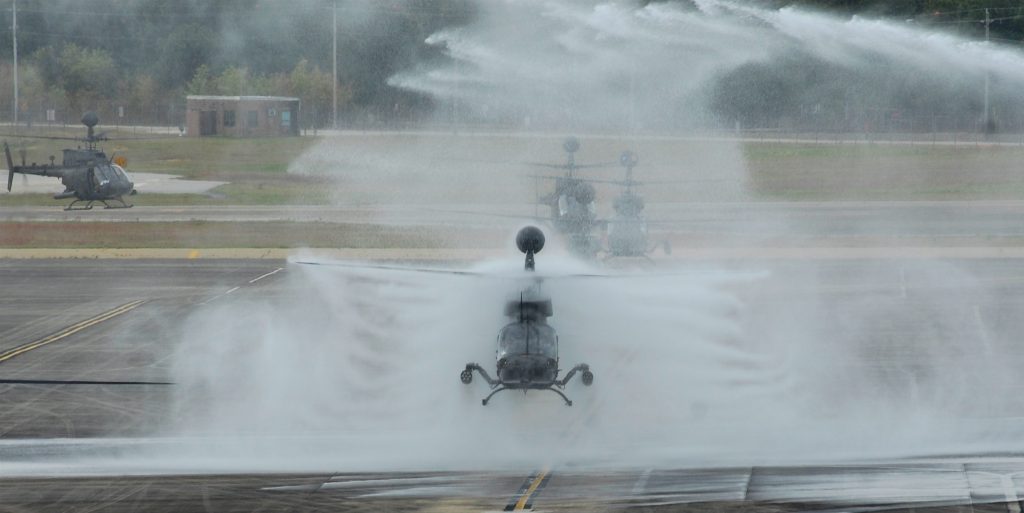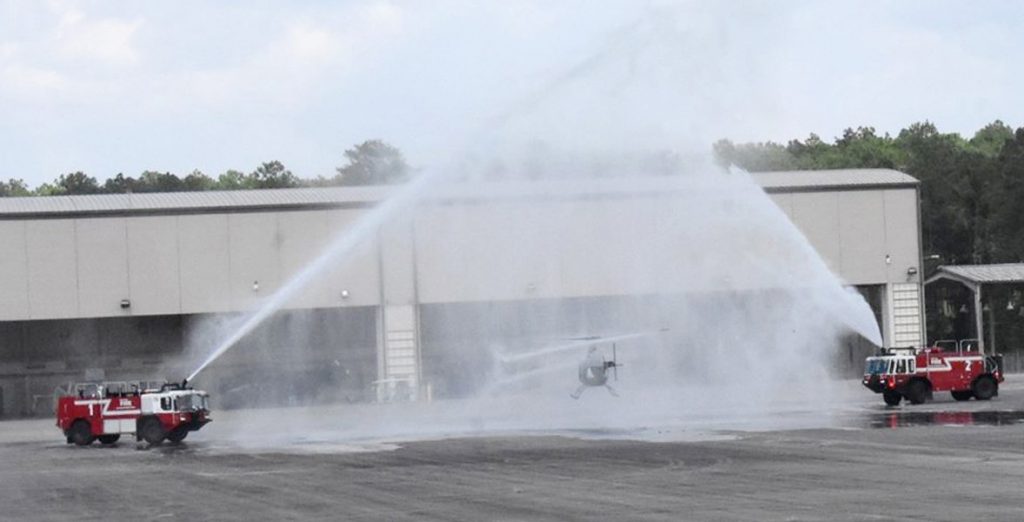AACUS (pronounced Ay-Kus, and not to be confused with the new British empire/Biden alliance known as AUKUS) = Autonomous Aerial Cargo Utility System
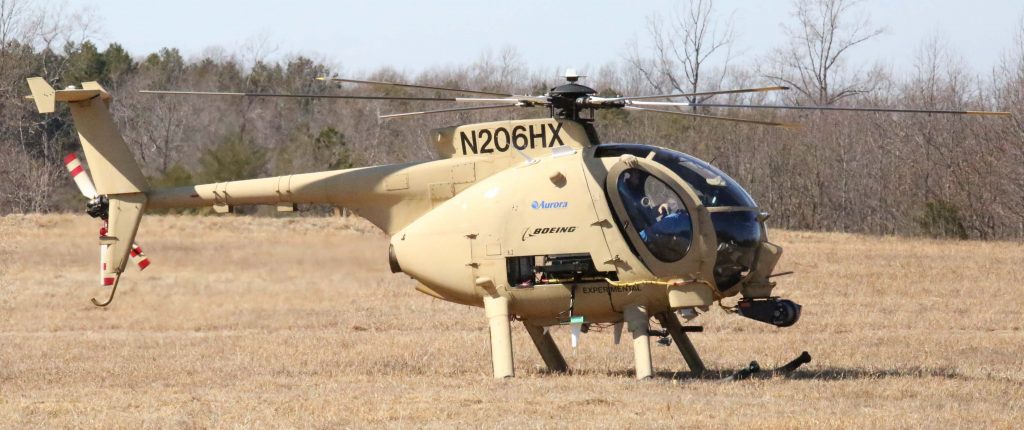
Boeing AH/MH-6 (MD 500) supposedly operated by a robot. U.S. Marine Corps photo by Corporal Samuel Ellis, 27FEB2014.
On 27FEB2014, a public demonstration was made of a new technology that supposedly would make human pilots for helicopters a thing of the past. Over U.S. Marine Corps Base Quantico, in Virginia, a Boeing AH/MH-6 (aka MD 500) combat (yes, the MD500 is mainly a combat ‘copter, not cargo) rotary wing was supposedly flown by AACUS, a system of software and sensors, which purportedly could be applied to any existing helicopter.
“This is a Navy-Marine Corps team project. We’ve taken a landing system that can autonomously land an unmanned helicopter or aircraft into a very dangerous landing zone, potentially with the touch of a tablet. This is an expeditionary type of capability and there was no better place to test it than Quantico.”-Rear Admiral Matt Klunder
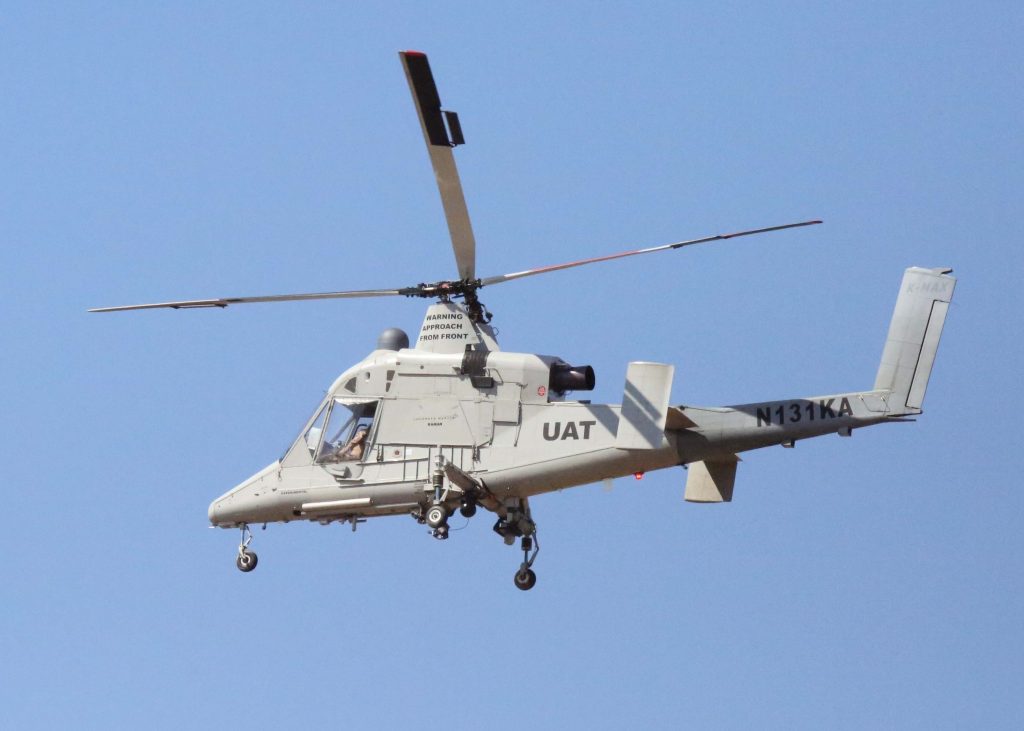
Supposedly this Kaman K-Max is being flown by a robot. U.S. Marine Corps photo by Corporal Samuel Ellis, 20MAR2014.
Then on 20MAR2014, over Marine Corps Base Quantico, a Kaman K-Max cargo helicopter was also flown by AACUS, mounted on the belly between the main landing gear.
According to the U.S. Navy/Marine Corps (USN/USMC), as of April 2014, AACUS had cost taxpayers $98-million, since the Office of Naval Research (ONR) Innovative Naval Prototype program was started in 2012.
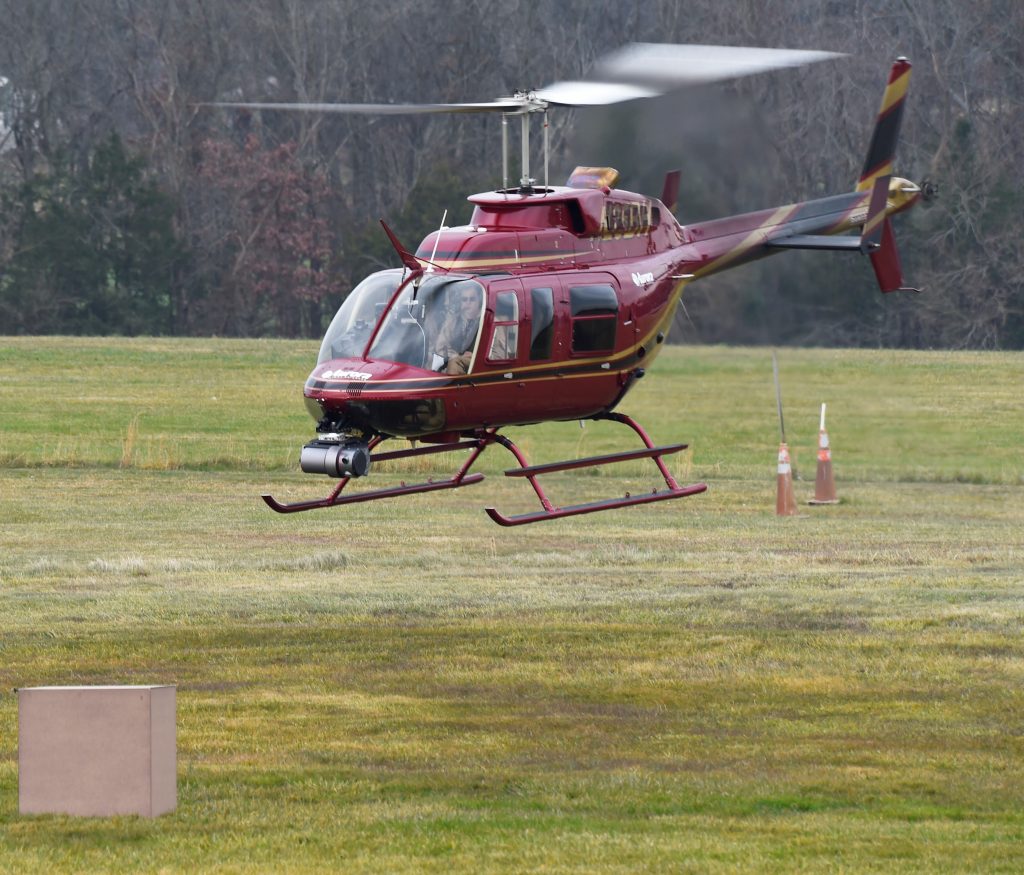
Notice the human pilot does not have his hands on the the control stick. U.S. Navy photo by John F. Williams, 11DEC2015.
In December 2015, another AACUS demonstration was held using a Bell 206L (aka Kiowa), this time at the Flying Circus Aerodrome located in Bealeton, Virginia.
In May 2016, a different Bell 206 was tested with AACUS.
USMC video report by Corporal Thor Larson, 25MAY2016:
Between February 2017 and November 2017, more public demonstrations, this time with a Viet Nam era Bell UH-1H ‘Huey’, and this time they were really talking-up AACUS: “This is more than just an unmanned helicopter. AACUS is an autonomy kit that can be placed on any rotary-wing platform and provide it with an autonomous capability. Imagine a Marine Corps unit deployed in a remote location, in rough terrain, needing ammunition, water, batteries or even blood. With AACUS, an unmanned helicopter takes the supplies from the base, picks out the optimal route and best landing site closest to the warfighters, lands, and returns to base once the resupply is complete, all with the single touch of a handheld tablet.”-Walter Jones, Executive Director of ONR
USMC natural sound video, by John F. Williams, of final testing of AACUS over Marine Corps Base Quantico, 12DEC2017:
However, Lieutenant General Robert Walsh, of Marine Corps Combat Development Command, admitted they still didn’t know what to do with this latest & greatest technology, saying “…it’s up to us to determine how to use it…”
Officials with the AACUS program also pointed out that the system can also be used to help human pilots in inclement weather: “It can be used as a pilot aid in degraded visual environments…”-Dennis Baker, AACUS program officer
USMC dramatic music video explainer, by Sergeant Laiqa Hitt, 13DEC20217:
It was also revealed that AACUS is a technology that is part of the Department of Defense’s Force 2025, a modernization program started in 1995 and based on hypotheticals of what future warfare my require. Each branch of the DoD has their own term for it, the USMC calls theirs Marine Corps Force 2025, and for fiscal year 2017 they claimed that Phase II of Force 2025 was “way ahead”.
Dramatic video report, 13DEC2017, by John F. Williams (for some reason the audio for the last half of the report is silent):
USMC natural sound video, by John F. Williams, of presentation of AACUS to news media on Marine Corps Base Quantico, 15DEC2017:
In 2018, AACUS testing was moved to Twenty Nine Palms, California.
Integrated Training Exercise 3-18 (in May 2018) is considered the first time an AACUS flown rotary wing aircraft flew, and delivered cargo, during a wargame.
Not much has been reported about AACUS since 2018, but in 2021, Vertical Magazine revealed that wildfire fighting contractor Columbia Helicopters was working with Aurora Flight Systems to apply AACUS to be able to conduct aerial fire fighting at night.
In June 2022, the Department of Forestry and Fire Protection (aka CAL FIRE) made the first, ever in the U.S., series of night time water bombings on a wildfire called the Electra Fire. The Sikorsky S70i Fire Hawk was modified by United Rotorcraft, there was no indication what type of night flying system was being used.
In September 2017, the U.S. Army conducted a robot helicopter operation using two Bell 206s (officially called RMAX UAS) to lift a 20 pound object and then fly it through an aerial obstacle course over Moffett Federal Airfield, California. It is part of the Army’s AMRDEC Aviation Development Directorate autonomous program, ongoing since 2002.
U.S. Air Force, 1996: An Operational Analysis for Air Force 2025
U.S. Army, 2015: Force 2025 and Beyond
Royal Canadian Army, 2022: Due to lack of labor (being short 8-thousand personnel), the Force 2025 structure was adopted and is now being implemented.
The Foundation for Defense of Democracies (FDD), 2022: Battle Force 2025, the U.S. plan to defend Taiwan
Operation Jupiter: COMBONET A-I ROBOT SAYS REMDESIVIR IS THE NEW WONDER DRUG!
Zombie Tank:  CHINA’S TYPE 59D TO LIVE-ON AS A ROBOT TANK?
CHINA’S TYPE 59D TO LIVE-ON AS A ROBOT TANK?
Terminator: 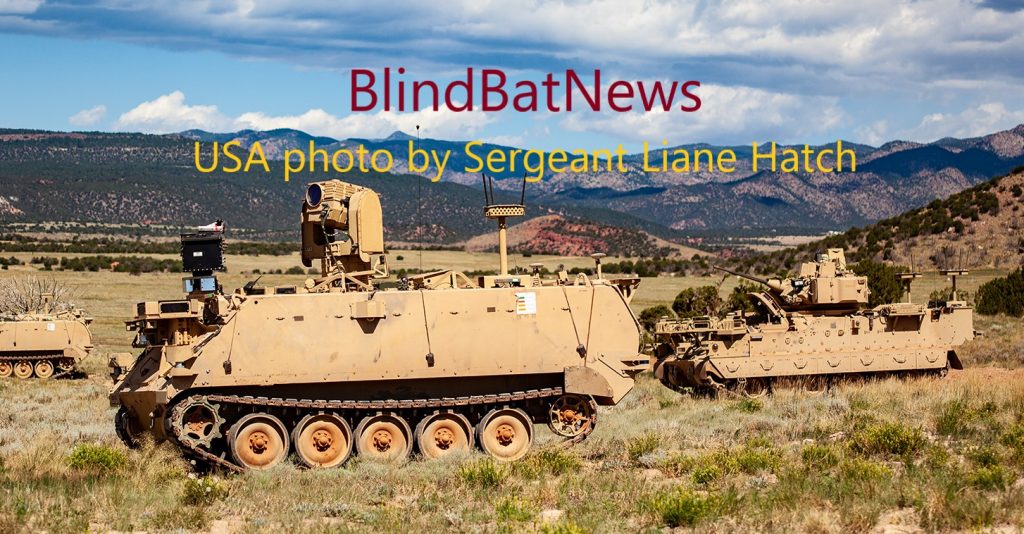 U.S. ARMY TRIPLES INVENTORY OF COMBAT ROBOT TANKS!
U.S. ARMY TRIPLES INVENTORY OF COMBAT ROBOT TANKS!
Robot Wars: 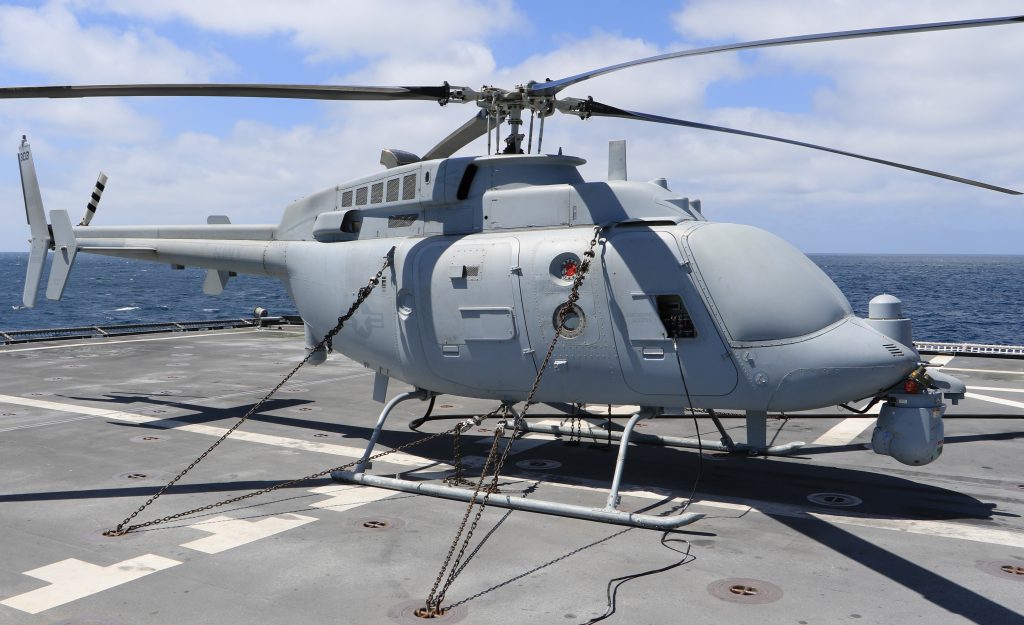 BEWARE THE ZOMBIE KIOWA!
BEWARE THE ZOMBIE KIOWA!
Texas Air National Guard hires robots to wash their F-16s!
